Table of contents
PCOS and Fibroids are both medical conditions that can affect women. Both cause growths on female ovaries and affect hormones and reproductive health. In this blog, we will dive into each condition, the symptoms, how they are connected and all-natural ways in which women can manage their symptoms.
PCOS and Fibroids Difference
Both PCOS and fibroids occur in women due to hormonal imbalances. They are both quite common in women, especially in their reproductive years. If not treated properly, PCOS and fibroids can lead to the development of:
- Type-two diabetes
- High cholesterol
- Sleep apnea and other sleep disturbances
- Infertility
- Endometrial cancers
What is PCOS?
PCOS stands for polycystic ovary syndrome and is a hormonal disorder that affects one in every ten women. PCOS is a metabolic condition, which means that many issues and ailments occur concurrently. This causes issues to begin occurring with their ovaries, menstruation, ovulation and more.
One of the most common symptoms of PCOS is the development of cysts in the ovaries. These cysts are noncancerous, small fluid-filled follicles. The cysts themselves can contribute and cause hormonal changes and imbalances in women. Some common symptoms of polycystic ovaries include:
- Irregular periods
- Insulin resistance
- Infertility
- Acne
- Weight gain / can't lose weight
- Irregular ovulation
- Excess hair growth
Typically, to get diagnosed with PCOS patients need to present two of the following symptoms:
- Irregular periods
- High androgen levels
- Ovaries enlarged, filled with cysts (Polycystic ovaries)
The cause of PCOS is not known, and any woman can be diagnosed with it. Researchers believe certain risk factors such as age, weight, resistance to insulin, and family history play a role.
What are Fibroids?
Fibroids are small tumors made from muscle cells and connective tissues. They are pretty common, with 20-80 percent of women developing them before reaching 50. Many women don't have symptoms, and most of the time, fibroids are entirely harmless and benign. But sometimes fibroids can cause some issues affecting a woman's reproductive health and hormones. Symptoms including:
- Heavy and painful periods
- Pressure on the bladder
- Pressure on the rectum
- Some grow large enough to appear as pregnancy
- Cramps
- Pain during sex
Researchers and doctors do not know the cause of fibroids, but they believe that there is a strong link between genetics and age.
Can You Have Fibroids And PCOS At The Same Time?
You can have fibroids and PCOS at the same time, but keep in mind that they are two separate conditions. They are not directly related but can have similar side effects. PCOS is most common in women between 20-30, while fibroids become more common between 30-40. It is common to be misdiagnosed with one or the other.
Can PCOS Cause Fibroids?
A recent study revealed that a polycystic ovary affects uterine blood flow. PCOS does not have a large effect, or any at all, on fibroid development. That being said, a study showed fibroids in African American women were 65% more likely if they had PCOS. So race is indeed a factor to consider when diagnosing PCOS and fibroids.
Similar risk factors affect a woman's odds of having PCOS and fibroids. It would not be shocking to see a woman with both conditions. This is why treating hormonal imbalances with natural supplements can be so beneficial.
Natural Treatments For PCOS And Fibroids
Both PCOS and fibroids are conditions caused by hormonal imbalances. Elan Healthcare's Ovofolic Dietary Supplement for female reproductive health is made specifically to help balance hormones. Ovofolic uses inositol to help women:
- Manage PCOS symptoms
- Improve insulin sensitivity
- Support normal menstrual cycle
- Support regular ovulation
- Support fertility
- Lower cholesterol levels in women with PCOS
- Decreases the risk of heart disease
- Increase progesterone and serotonin levels
References:
1 - Polycystic ovary syndrome. By The Office on Women's Health. Page last updated: April 1, 2019.
2 - PCOS (Polycystic Ovary Syndrome) and Diabetes. U.S. Department of Health & Human Services. Page last reviewed: March 24, 2020.
3 - KEY DIFFERENCES BETWEEN PCOS AND UTERINE FIBROIDS. By USA Fibroid Centers. Published August 2021.
4 - Coexistence of polycystic ovaries and uterine fibroids and their combined effect on the uterine artery blood flow in relation to age and parity. By A. Abdel-Gadir, O. O. Oyawoye, B. P. Chander. Published June 2009.
5 - Polycystic ovary syndrome and risk of uterine leiomyomata. By Wise LA, Palmer JR, Stewart EA, Rosenberg L. Published January 2007.

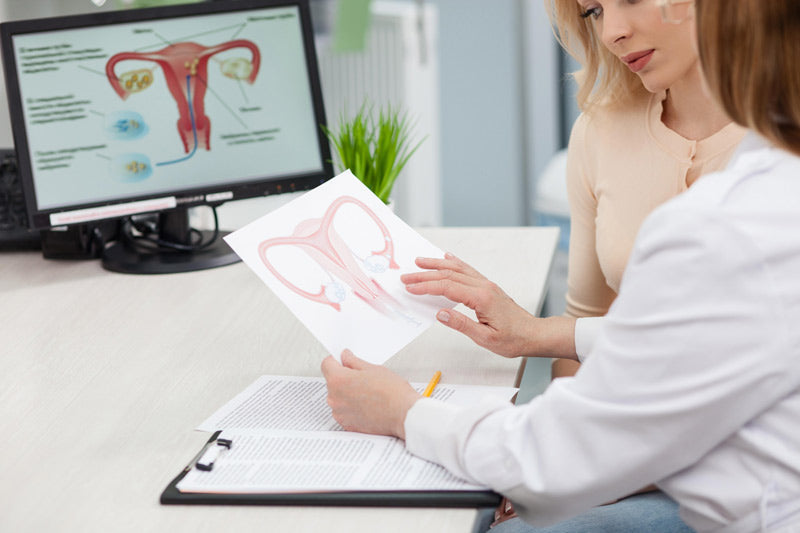

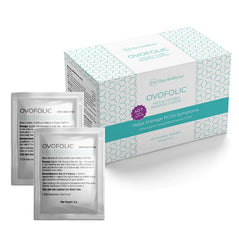

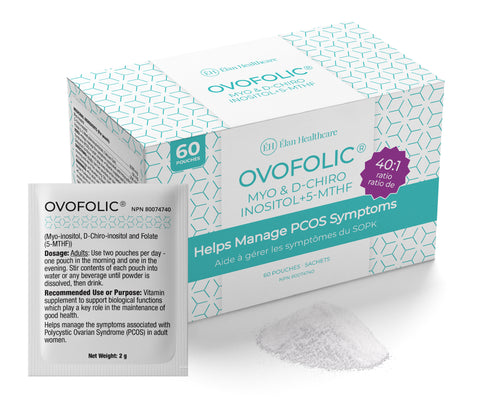
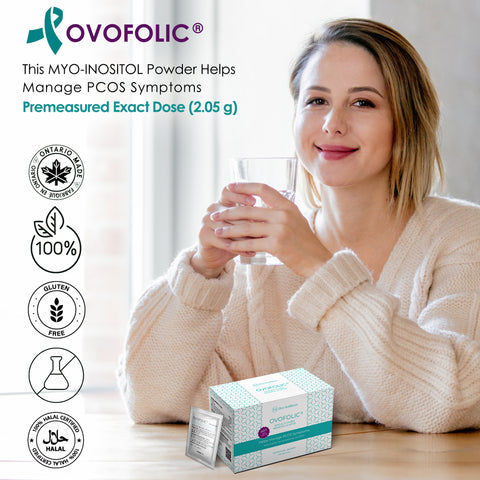
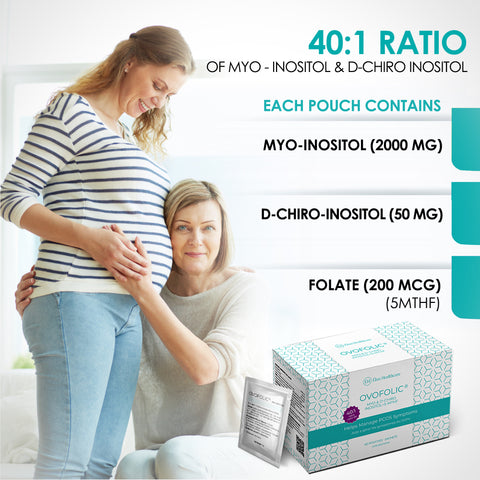


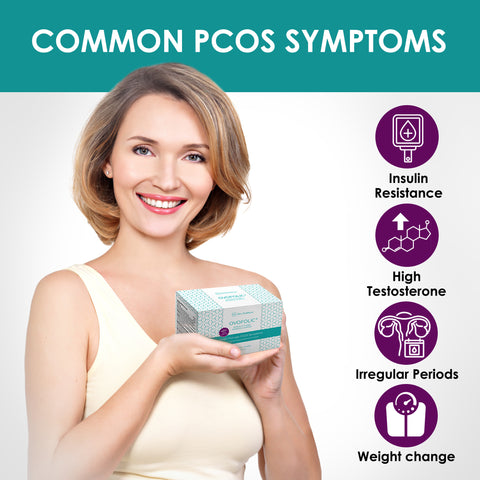
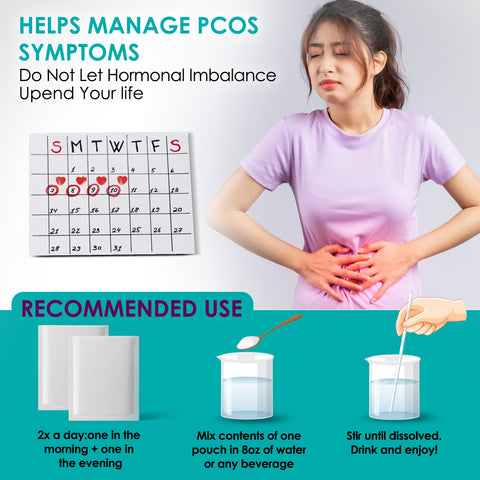
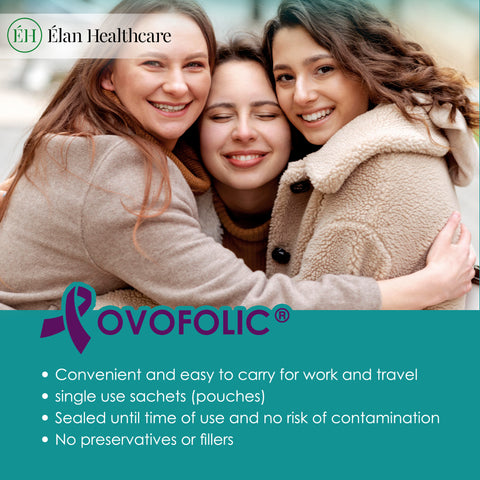
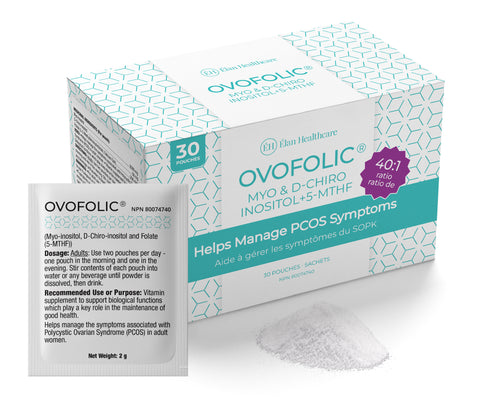











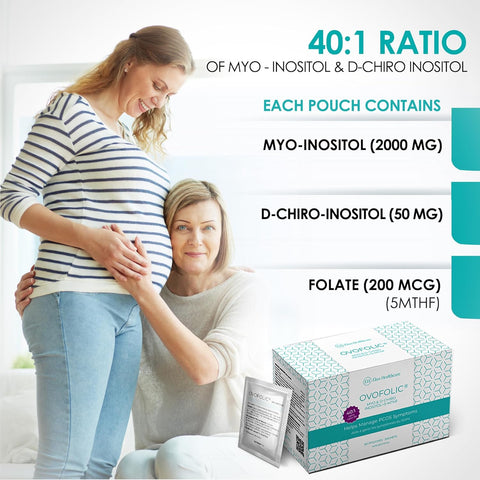

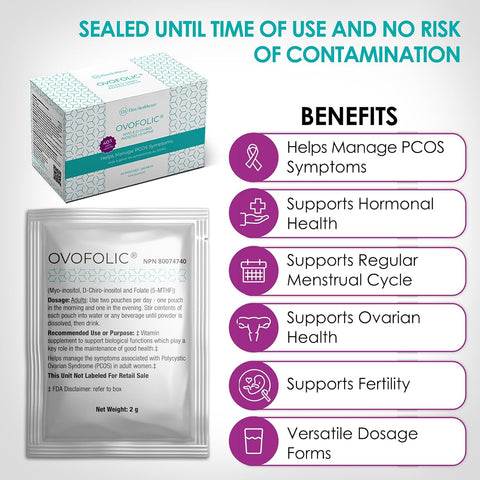
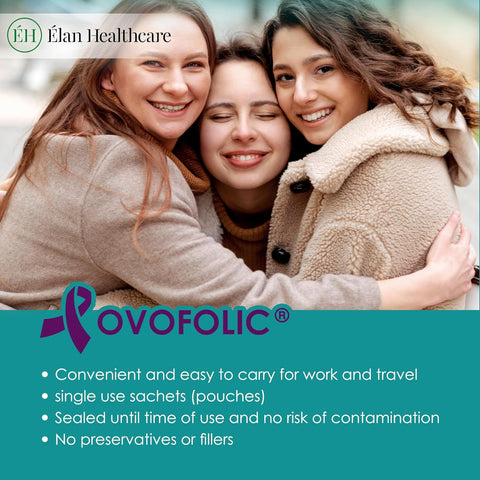
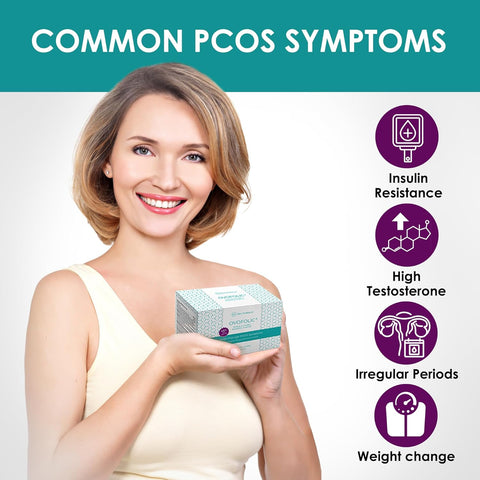
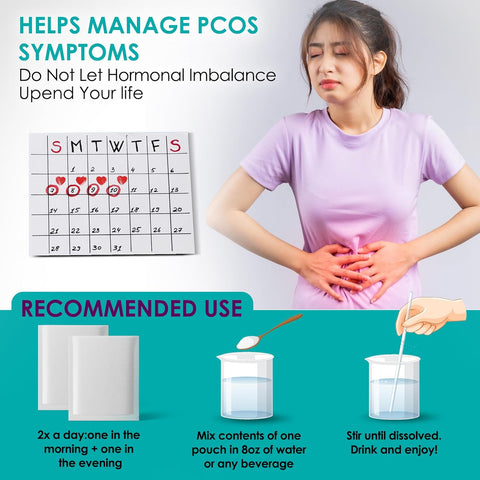


No comments yet.
There are no comments for this article. Be the first one to leave a message!
+ Open to leave a Comment